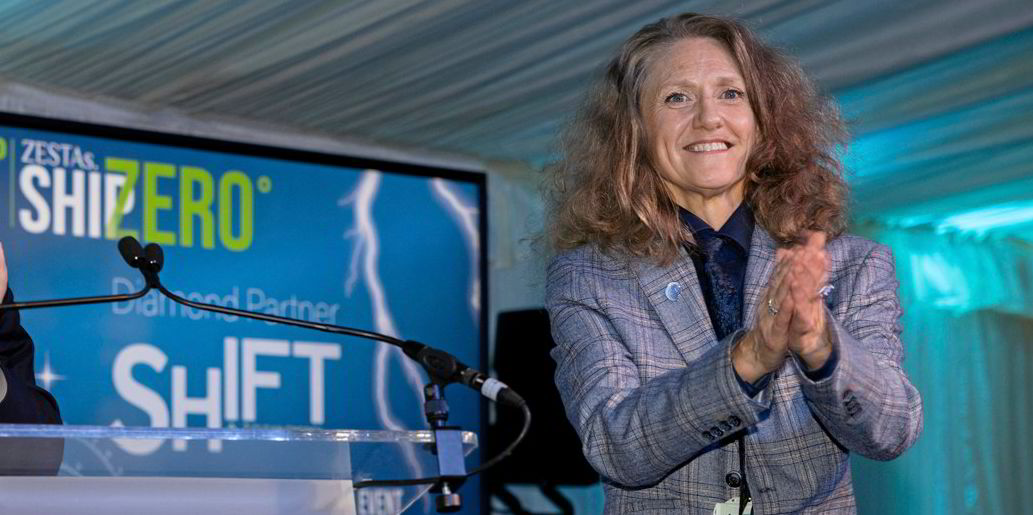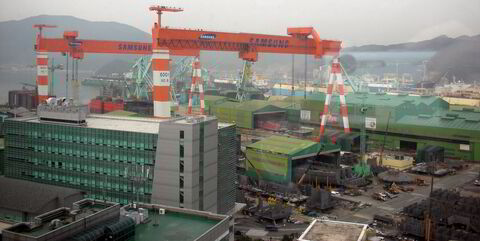The Covid-19 pandemic dislodged the pebble that unleashed a green boulder at COP26, instigating an avalanche of changes in the energy and shipping sectors.
When oil prices went negative in the spring of 2020, people started to rethink the energy sector. Renewable hydrogen projects were announced worldwide with offshore green hydrogen pilots now underway. COP26 was the first COP climate talks where shipping featured highly.
This article is one of more than three dozen contributions from shipping industry stakeholders about their outlook for decarbonisation efforts in the year ahead. We asked shipowners, managers, financial professionals, technology providers and more about their own efforts to address greenhouse gas emissions in 2022 and what they hope to happen in the industry this year.
The Zesta's Ship Zero Workshop at COP26 discussed only purely true zero-emissions solutions, covering everything from technology and policy to finance. The presentations showed we have the technology and that finance is ready to invest.
The International Chamber of Shipping’s event at COP26 then demonstrated that major shipping companies and shipowner associations are ready for change. We are seeing a willingness across the sector, with the Cargo Owners for Zero-Emission Vessels’ pact and the Clydebank Declaration for green shipping corridors showing that not everyone is waiting for policy.
But Rome was not built in a day. So how will we bring about this massive and complex change?
I believe the real initiator of change will be offshore wind. Why? It is a new sector making it the perfect ecosystem for innovation alongside the latest advances in data, autonomous systems, robotics, predictive maintenance, hybrid electric energy systems and, of course, zero-emission fuels.

Offshore wind is where renewables and shipping cross over, making it the perfect point to experiment with renewable-derived energy carriers.
Change is not waiting for policy either as offshore wind vessels will be obliged to be zero-emission in terms of energy efficiency and from the perspective of public pressure. We simply cannot have dirty vessels maintaining a clean-energy source.
Add to this the typical size and operational profile of offshore wind support and crew transfer vessels — mostly under 5 MW — and we have the sweet spot for market-ready hybrid electric hydrogen fuel-cell systems.
Offshore wind vessels are also short-range captive return-to-base fleets with direct access to their own renewable energy sources, creating a perfect storm of opportunity.
Like when building a new house, we begin with the designs and then the foundations. At first, it appears we have hardly begun. But the groundwork has been laid and, in 2022, we will build on these foundations. By COP27, with new actors and energies coming into play, we will hardly recognise the sector.




